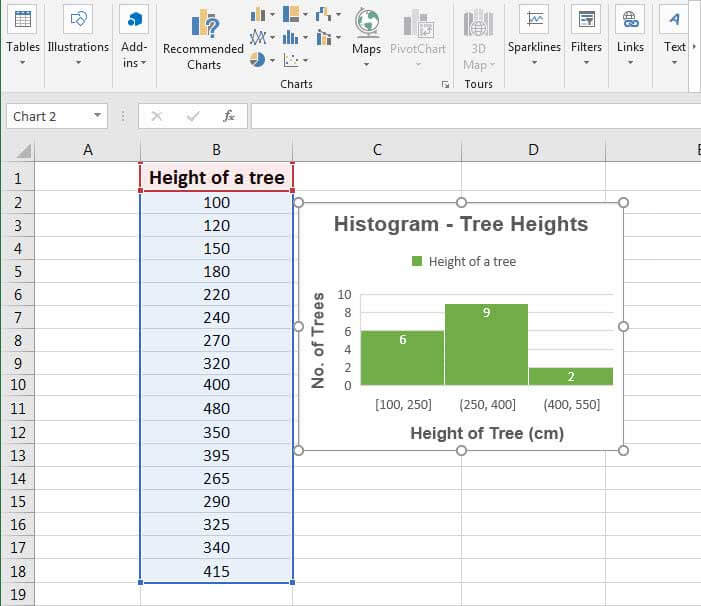
 Digital asset management Manage and distribute assets, and see how they perform. Resource management Find the best project team and forecast resourcing needs. Intelligent workflows Automate business processes across systems. Governance & administration Configure and manage global controls and settings. Streamlined business apps Build easy-to-navigate business apps in minutes. Integrations Work smarter and more efficiently by sharing information across platforms. Secure request management Streamline requests, process ticketing, and more. Portfolio management at scale Deliver project consistency and visibility at scale. Content management Organize, manage, and review content production. Workflow automation Quickly automate repetitive tasks and processes. Team collaboration Connect everyone on one collaborative platform. Smartsheet platform Learn how the Smartsheet platform for dynamic work offers a robust set of capabilities to empower everyone to manage projects, automate workflows, and rapidly build solutions at scale. Postscript: Thanks to John Peltier for innumerable charting inspirations over the years. Lastly, you can remove the tick marks and labels on the secondary axes to clean up the look. Format the X-Y series appearance to taste (I suggest removing value markers). Change the secondary Y-axis range to 0-1. This will effectively align the primary and secondary X-axes. Change the secondary X-axis range to 0.5-5.5 (i.e., 0.5 on either side of the column chart category values). Change the series to use the secondary axes (both X and Y). This might require some editing of the chart series to force a single series to use your desired X and Y values.
Digital asset management Manage and distribute assets, and see how they perform. Resource management Find the best project team and forecast resourcing needs. Intelligent workflows Automate business processes across systems. Governance & administration Configure and manage global controls and settings. Streamlined business apps Build easy-to-navigate business apps in minutes. Integrations Work smarter and more efficiently by sharing information across platforms. Secure request management Streamline requests, process ticketing, and more. Portfolio management at scale Deliver project consistency and visibility at scale. Content management Organize, manage, and review content production. Workflow automation Quickly automate repetitive tasks and processes. Team collaboration Connect everyone on one collaborative platform. Smartsheet platform Learn how the Smartsheet platform for dynamic work offers a robust set of capabilities to empower everyone to manage projects, automate workflows, and rapidly build solutions at scale. Postscript: Thanks to John Peltier for innumerable charting inspirations over the years. Lastly, you can remove the tick marks and labels on the secondary axes to clean up the look. Format the X-Y series appearance to taste (I suggest removing value markers). Change the secondary Y-axis range to 0-1. This will effectively align the primary and secondary X-axes. Change the secondary X-axis range to 0.5-5.5 (i.e., 0.5 on either side of the column chart category values). Change the series to use the secondary axes (both X and Y). This might require some editing of the chart series to force a single series to use your desired X and Y values. 
This will be the number of data points in the normal distribution curve.į2 =NORMDIST(E2,$B$9,$B$14,FALSE) etc. StDev =SQRT(B13/(B12-1)) Part 2: Chart Trickery Data table:Ĭolumn D is just an incremental counter. I used Excel 2007 for this hopefully you have the same options available in your version. Second, I employed some chart trickery to make the normal distribution curve look right when superimposed on the column chart. First, I reverse-engineered the grouped data to come up with an appropriate mean and standard deviation on this scale.






 0 kommentar(er)
0 kommentar(er)
